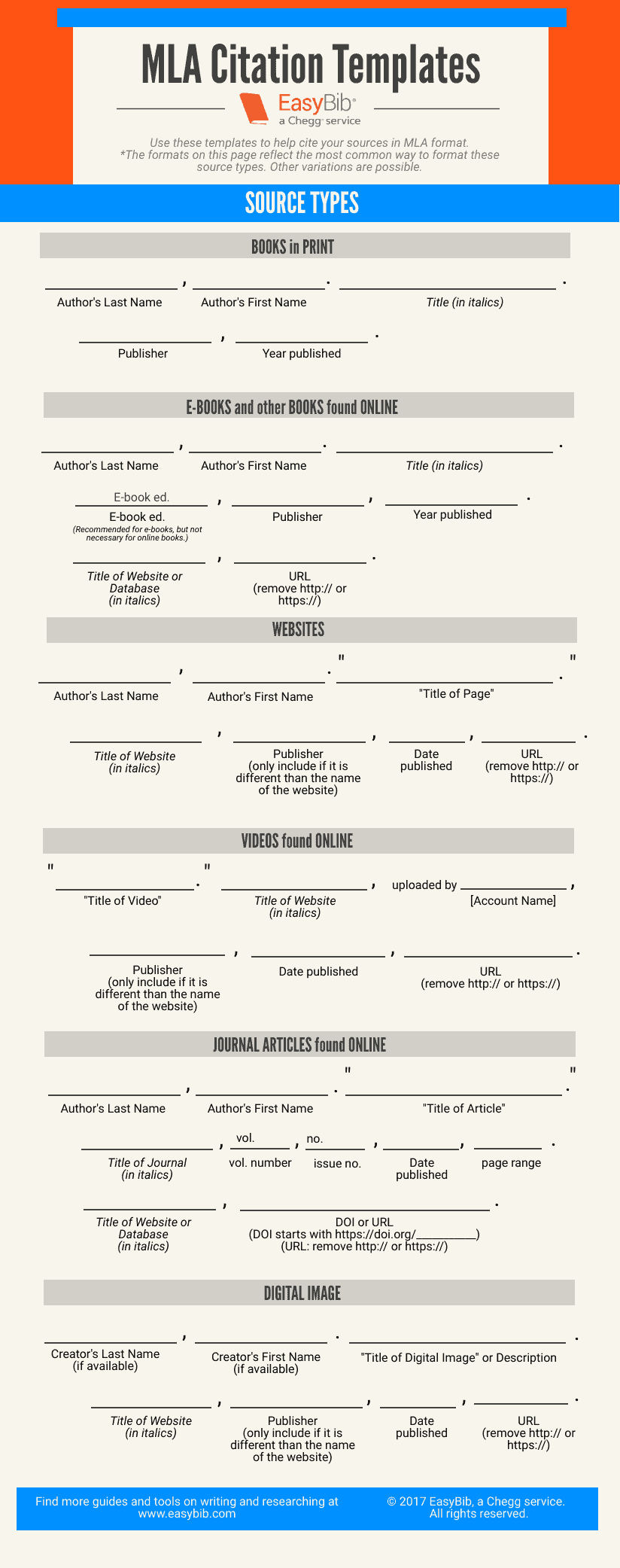-
About
- About Listly
- Community & Support
- Howto
- Chrome Extension
- Bookmarklet
- WordPress Plugin
- Listly Premium
- Privacy
- Terms
- DMCA Copyright
- © 2010-2025 Boomy Labs

Listly by Hannah Sikes
Hannah Sikes
28 June, 2020
This is a curated list of resources on the ethical use of information for FRIT 7234.

This video introduces the concept of citing sources, explains the consequences of not doing so properly, and briefly lists the ethical reasons for citing sources. Students who have little experience with citation and ethical use should still be able to follow this video with ease.

This video defines copyright and plagiarism for students and introduces proper attribution technique. Most notably, the video includes a bibliography slide at the end, providing students with a visual reference of what it means to cite sources in a video or multimedia production.

Site description: "Articles and movies and books, oh my! Learn how to format MLA citations for every type of source in your bibliography."
This cite provides a video, quiz, challenge, vocabulary list, related reading section, and other resources on citing sources. Students can view the video on citations for a step-by-step breakdown on MLA formatting for citations. They should then explore some of the resources, such as the vocabulary list and graphic organizer, before trying out the challenge and quiz sections. When finished with the informal assessments, they should view the related reading tab, particularly the section on plagiarism, to learn more about the ethical considerations that make citing sources a necessity. I am unable to find a timestamp for this Brainpop page, but the amount and variation of information, media, and assessments make it a valuable resource for students.

Object description: "Need to make a citation? Use these visual, easy to understand templates to cite the most commonly used sources (books, websites, etc.) in MLA format."
Proper citation procedures are an important tool for sharing information ethically, regardless of medium or manner of distribution. This blog post from an EasyBib user displays a simple infographic which can serve as a worksheet as students grow more comfortable with developing MLA citations. There are similar resources available for other citation styles.

Object description: "Review of Plagiarism and Copyright"
This is an educator-created Quia game which will quiz students on what they have learned after exploring the Brainpop page to the link on plagiarism. Students can play the game individually or in groups as it is not timed. This resource will test students' ability to not only recall terms and concepts they have learned about but encourage them to begin making nuanced decisions regarding plagiarism and citation. I am unable to find a timestamp for this resource, but the information presented is relevant and it will be an engaging activity for students.

Video description: "A brief video to introduce elementary students to Creative Commons licensing-- Created using PowToon --"
This video explains the concept of a Creative Commons License with simple, easy-to-follow language and visuals. It provides an example of a situation where a student would need to use images licensed under Creative Commons for an assignment. Students will use this resource as an introduction to the concept, as they will need to cite both copyrighted and non-copyrighted images in their work.

This Kiddle wiki page provides a slightly more in-depth look at Creative Commons, namely its history and its purpose, while still remaining age-appropriate for late elementary readers. Students should use this resource to become more familiar with the ethical implications of Creative Commons; this should inspire thought about why some creators choose to share their intellectual property and why it must still be cited. They can also use this resource to explore related content by clicking the links on the wiki.

Site description: "Empower students to explore the creative potential of open resources."
This page provides more explanation and analysis of Creative Commons content, but students should reference it specifically for the links in the "HOW CAN TEACHERS AND STUDENTS FIND CC-LICENSED CONTENT?" section and the attribution tips in the "HOW DO YOU ATTRIBUTE CREATORS OF CC-LICENSED CONTENT?" section. With instructor assistance until they are comfortable with the concept, students can use the attribution style provided for citing CC materials in their work.

Site description: "Flickr is almost certainly the best online photo management and sharing application in the world. Show off your favorite photos and videos to the world, securely and privately show content to your friends and family, or blog the photos and videos you take with a cameraphone."
Flickr is one of the most widely-used Creative Commons archives on the web. Students can use this both as a resource and to practice good inquiry strategies, as they will need to have a goal in mind and will need to make the right searches to achieve it. Highlighting the "Safesearch" feature can remind students to be careful about what and where they search on the web.

Site description: "Royalty Free Music from Bensound for use in Videos, Youtube, films,... Only high quality royalty free music."
As students are creating multimedia content, it is important that they are able to cite audio and access non-copyrighted music to use in their work. Bensound provides hundreds of audio clips that are free for use in videos and presentations. Students should check the "Licensing" tab to verify that the music on the site is free and under what conditions, as well as how to attribute the audio.